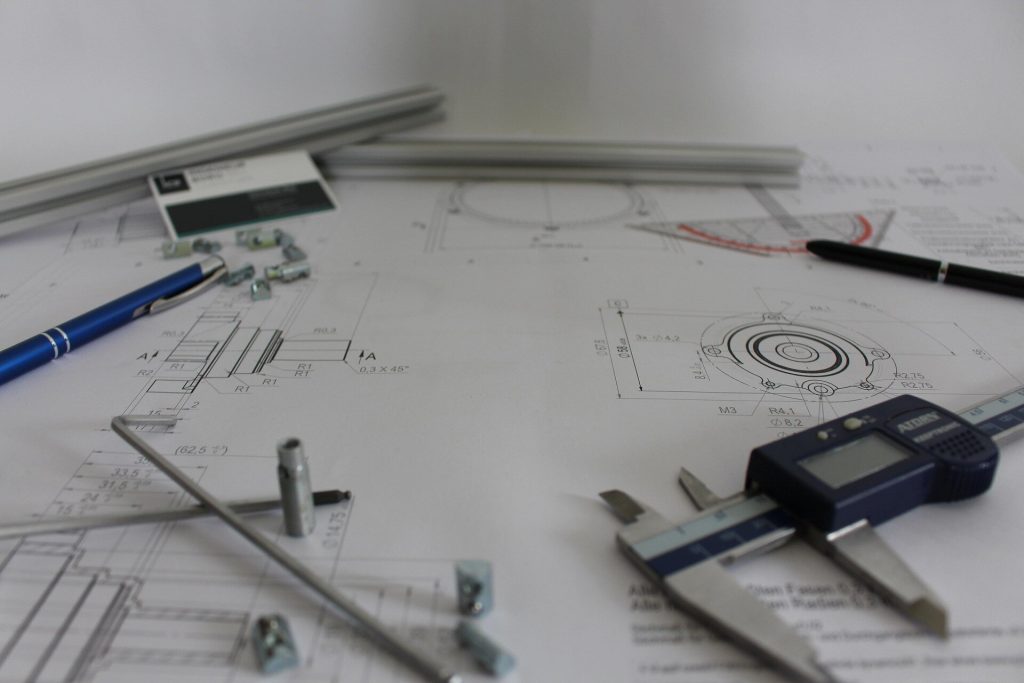The Tacoma Narrows Bridge, also known as “Galloping Gertie,” collapsed in 1940 due to a fatal engineering assumption. Many designers at the time believed that wind couldn’t cause bridges to move up and down, leading to a tragic mistake that cost millions of dollars and a life.
The collapse of the bridge was caused by small vertical movements that allowed it to twist in unexpected ways, stressing the structure until it fell apart. This failure highlights the importance of recognizing and understanding the assumptions and limitations in engineering models to ensure safe design.
Models are essential interpretive frameworks that help scientists and engineers connect data to the real world. Engineers use models to calculate stress and select materials for building structures like bridges. However, all models have limitations and assumptions that can lead to failures if not carefully considered.
Teaching engineering students to use models safely and develop good judgment is crucial to prevent catastrophic failures like the Tacoma Narrows Bridge collapse. By building models, identifying their limitations, and justifying their safe use, engineers can avoid making costly mistakes.


